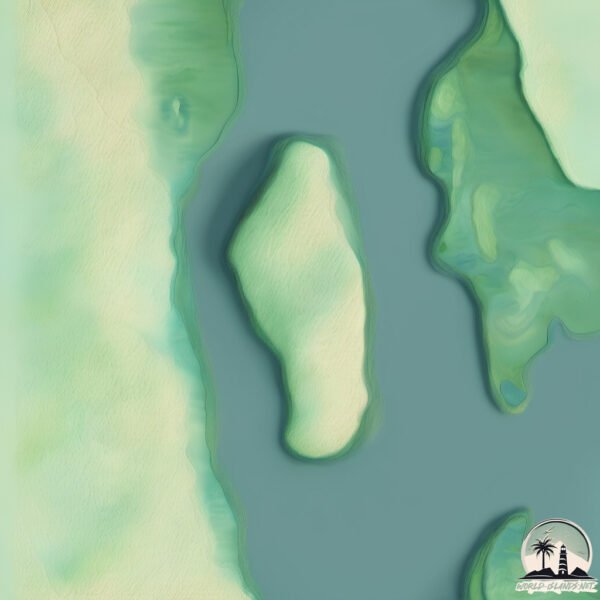Welcome to Tunitas , a Dry island in the Gulf of California, part of the majestic Pacific Ocean. This guide offers a comprehensive overview of what makes Tunitas unique – from its geography and climate to its population, infrastructure, and beyond. Dive into the details:
Geography and size of Tunitas
Size: 1.127 km²Coastline: 5.4 kmOcean: Pacific OceanSea: Gulf of CaliforniaContinent: North America
Tunitas is a Small Island spanning 1.1 km² with a coastline of 5.4 km.
Archipel: –
Tectonic Plate: Pacific – The world’s largest tectonic plate, covering much of the Pacific Ocean, known for the Pacific Ring of Fire with extensive seismic and volcanic activity.
The geographic heart of the island is pinpointed at these coordinates:
Climate and weather of Tunitas
Climate Zone: DryClimate Details: Hot Semi-Arid (Steppe) ClimateTemperature: Hot
Climate Characteristics: Features hot summers and mild to warm winters. Receives more rainfall than hot deserts but less than tropical savannas, leading to a somewhat more varied landscape.
Topography and nature of Tunitas
Timezone: UTC-07:00Timezone places: America/DenverMax. Elevation: 1 m Mean Elevation: -1 mVegetation: ShrublandTree Coverage: 35%
The mean elevation is -1 m. The highest elevation on the island reaches approximately 1 meters above sea level. The island is characterized by Plains: Flat, low-lying lands characterized by a maximum elevation of up to 200 meters. On islands, plains are typically coastal lowlands or central flat areas.
Dominating Vegetation: Shrubland
Vegetation: 3 vegetation zones – Moderately Diverse Island
Infrastructure and Travelling to Tunitas
Does the island have a public airport? no .
Does the island have a major port? no .
The mean population of Tunitas is 0 per km². Tunitas is Uninhabited. The island belongs to Mexico .
Continuing your journey, Talchichilte is the next notable island, situated merely km away.
FPV Cinematique 4K - Ditching the Stealth 7 at Tunitas Beach, San Mateo Coast
Stopping at a spot off Highway 1 South of Half Moon Bay to check out some cliffs and caves, I got more than I was bargaining for.
FPV Cinematique 4K - Ditching the Stealth 7 at Tunitas Beach, San Mateo Coast
Stopping at a spot off Highway 1 South of Half Moon Bay to check out ...
Stopping at a spot off Highway 1 South of Half Moon Bay to check out some cliffs and caves, I got more than I was bargaining for.
Pacific Ocean Bluffs on Cabrillo Hwy near Tunitas California Drone Footage
Here are some huge bluffs near Tunitas, CA. They are between Tunitas ...
Here are some huge bluffs near Tunitas, CA. They are between Tunitas Beach and Martin's Beach, a little south of Half Moon Bay.
A new life for Tunitas Creek Beach
We're thrilled to announce we've acquired Tunitas Creek Beach along ...
We're thrilled to announce we've acquired Tunitas Creek Beach along Highway 1, just south of Half Moon Bay. Along with our ...
Mexico is classified as Emerging region: MIKT: Mexico, Indonesia, South Korea, and Turkey – Economies recognized for their development potential and emerging market status. The level of income is Upper middle income.
News – Latest Updates and Headlines from Tunitas
Stay informed with the most recent news and important headlines from Tunitas. Here’s a roundup of the latest developments.
Loading...
Please note: The data used here has been primarily extracted from satellite readings. Deviations from exact values may occur, particularly regarding the height of elevations and population density. Land area and coastline measurements refer to average values at mean high tide.

